American Painted Floors
We’re always looking for clues to inform our designs. The client’s taste and interests are tantamount to the project, but the biggest driver is always the architecture and the location. Our goal being creating interiors that feel like they belong, especially when we’re working on a historic home. In an 1804 Federal home in Connecticut, we’ve pushed ourselves to add elements that reference the past but look towards the future. In the foyer, we modernized an American Folk Art stencil from the period by altering the scale and coloration. In place of the traditional red and green, we utilized a soft, Gustavian-inspired palette of pale greys, blues and a touch of rose. In this same foyer, we’re in the process of designing a painted floor. We love to employ painted floors whenever they suit the project; they’re a wonderful way to add color and pattern to rooms, and with their inherent durability, they’re a win win. To complement the stenciled walls, we’ve decided to use a classic diamond pattern on the floors. The diamond pattern was one of the often used painted floor designs in houses built in the early to mid 1800’s in New England and it’s one that continues to get reinterpreted in homes today.
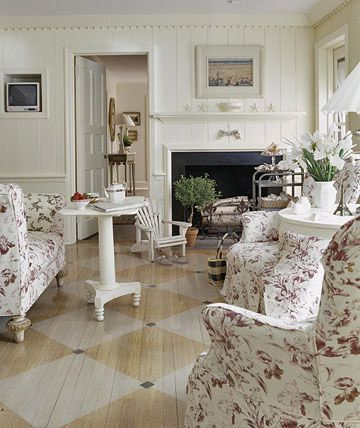
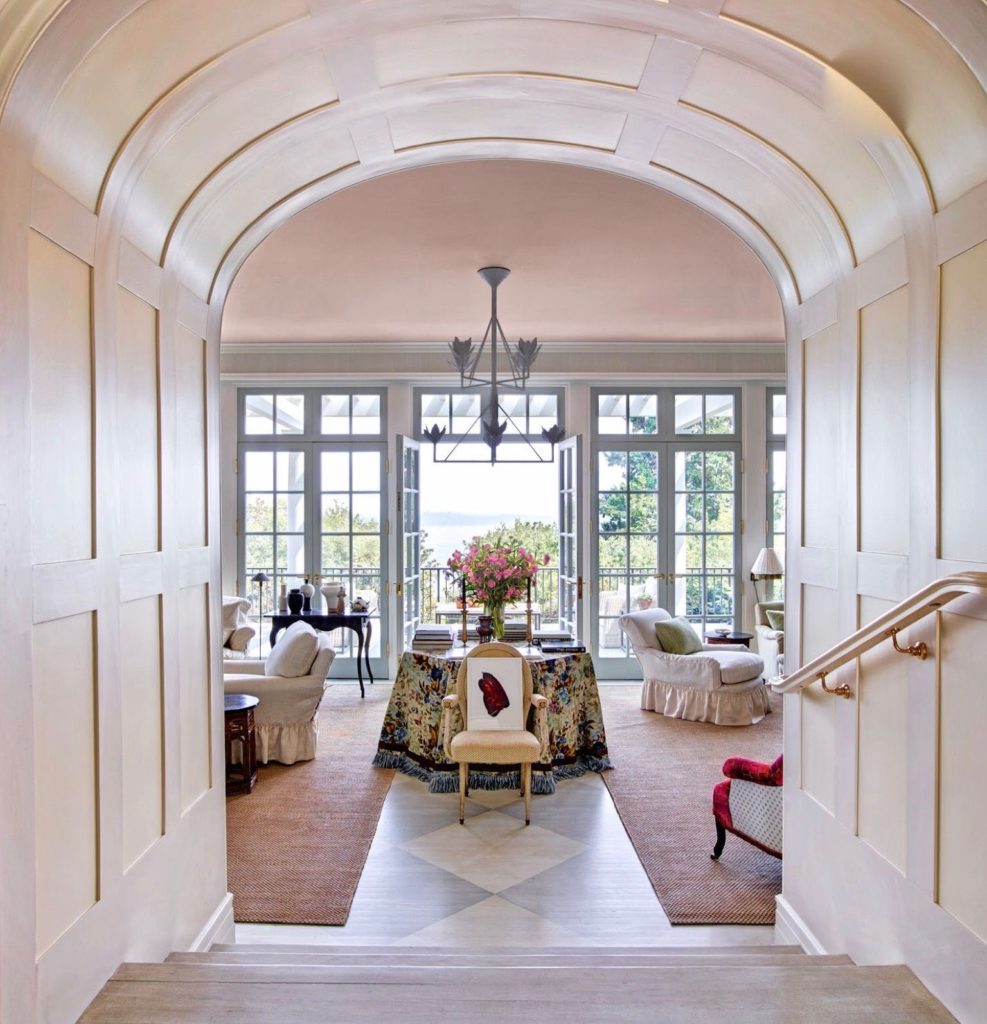
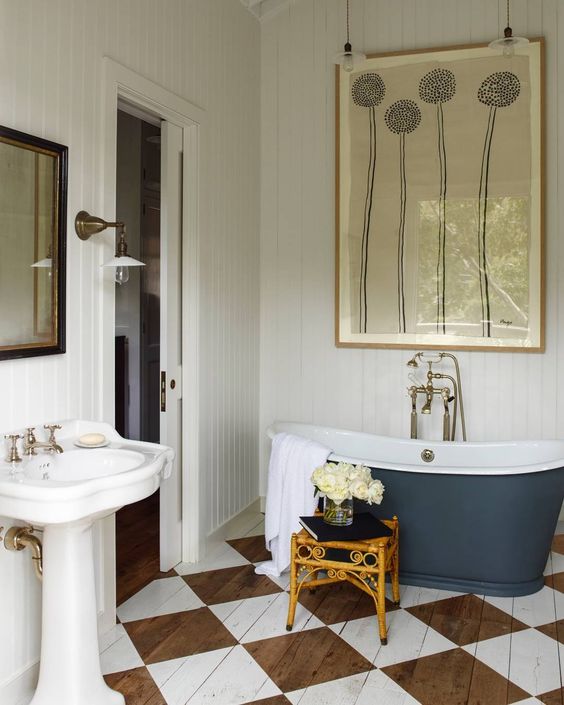

It’s hard to talk about painted floors without mentioning Bunny Mellon. Her decorative painter, Paul Leonard, was her consummate collaborator, creating many of the painted floors that graced her homes. Bunny was consistent in what she loved, and she loved painted floors — the more distressed, the better! She used them everywhere from her beach house in Antigua to her townhouse on the Upper East Side. While a distressed painted floor in an important Manhattan townhouse might not seem like the most appropriate choice for a house of this grandeur, Bunny made it work.
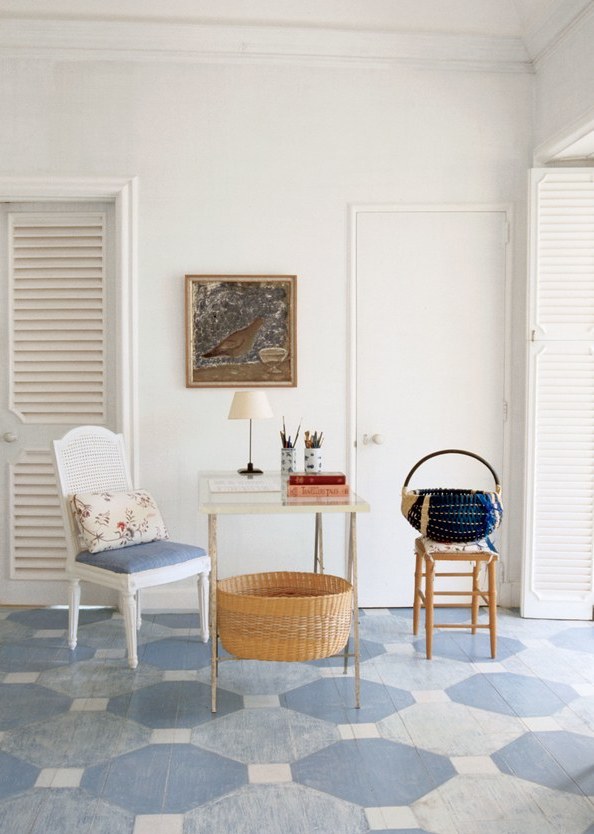

Understanding where this design came from makes us appreciate it even more. In the early 1700s, painted floors began to make their way into New England homes. Historians have speculated that it was in part because the houses had such wide expanses of wood floors. People were looking for ways to decorate them! The designs on the floors were heavily influenced by ornamental elements adapted from Europe, particularly France and England, the centers of design and fashion at the time. You’ll notice the patterns used most often were the Greek key, wave crest, chain plait, and plant and floral motifs.
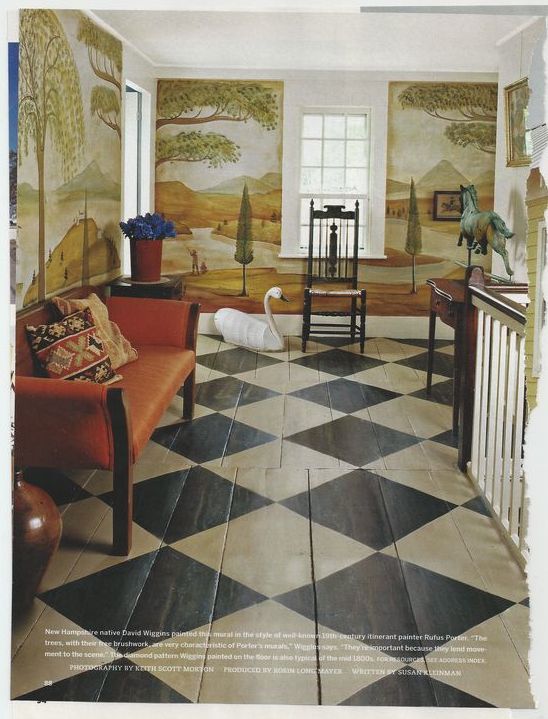
“Folk Art is wonderfully uncensored — you can appreciate the aesthetics, but if you look behind it, you can also find a way of catching American history.” – Nancy Druckman
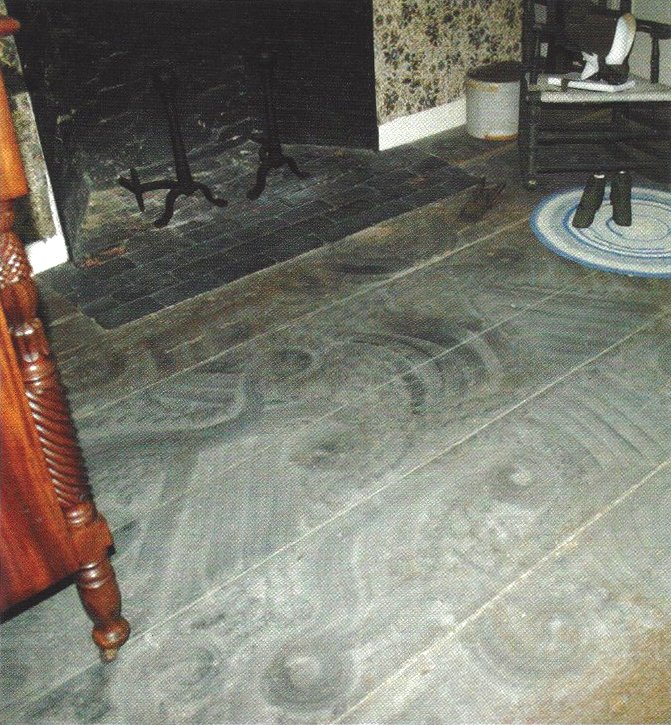
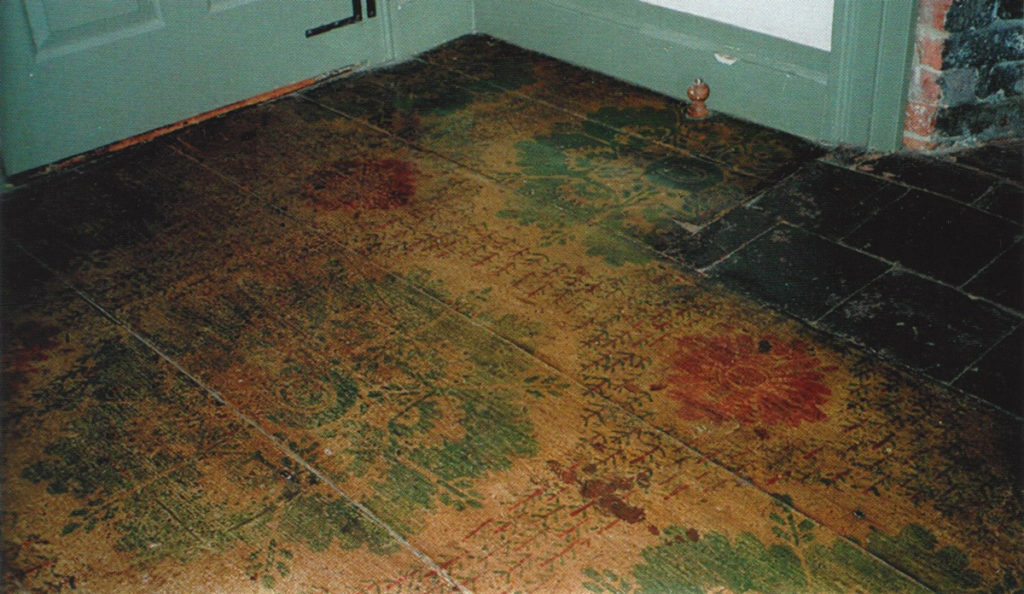
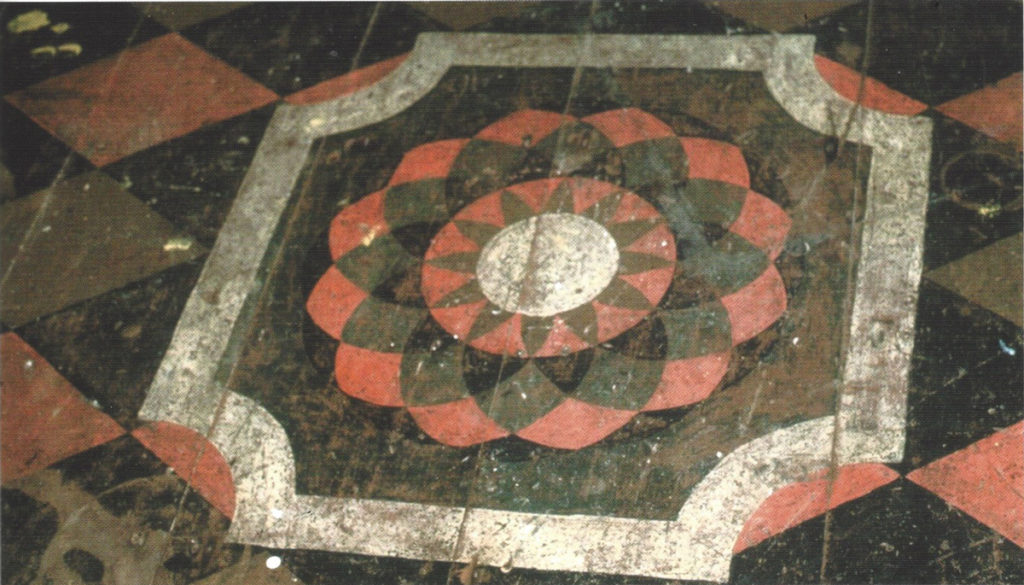

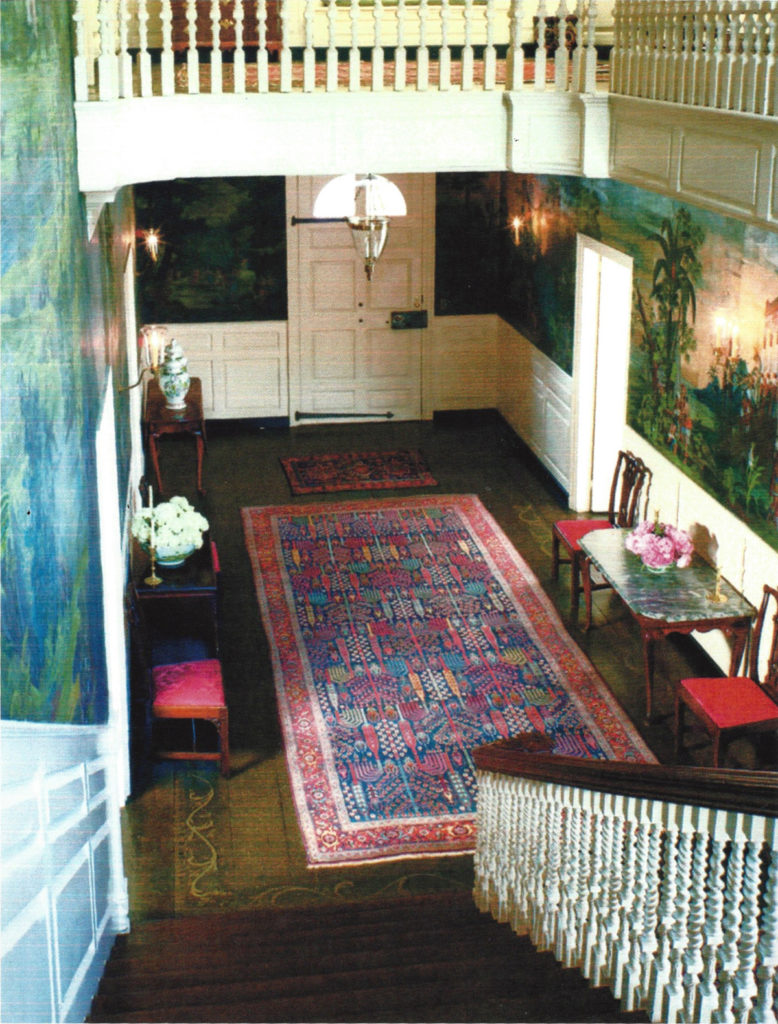
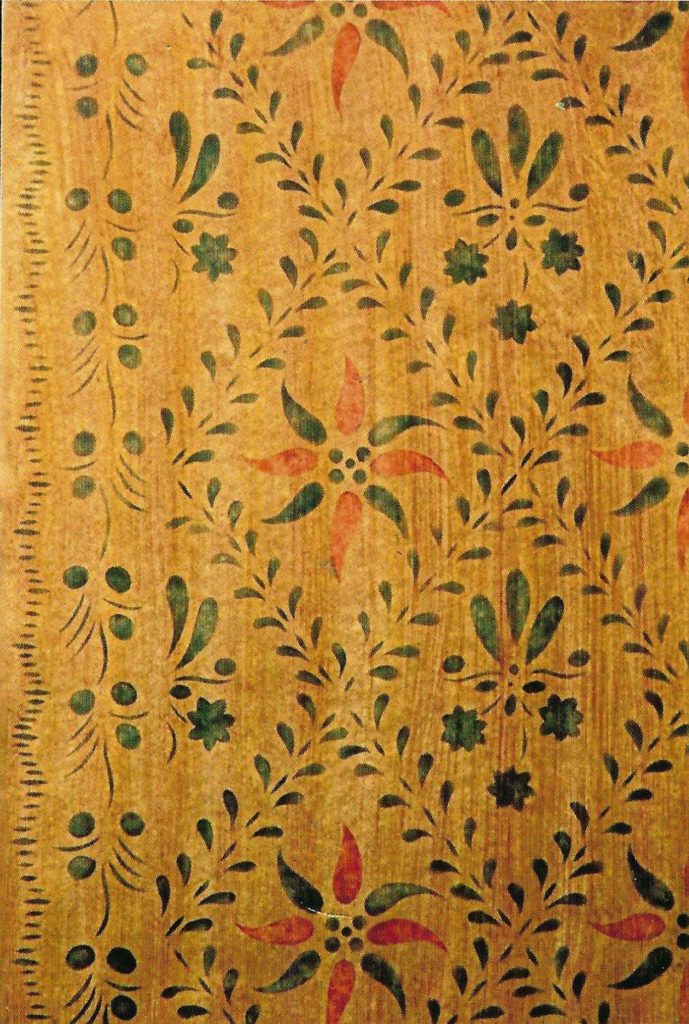

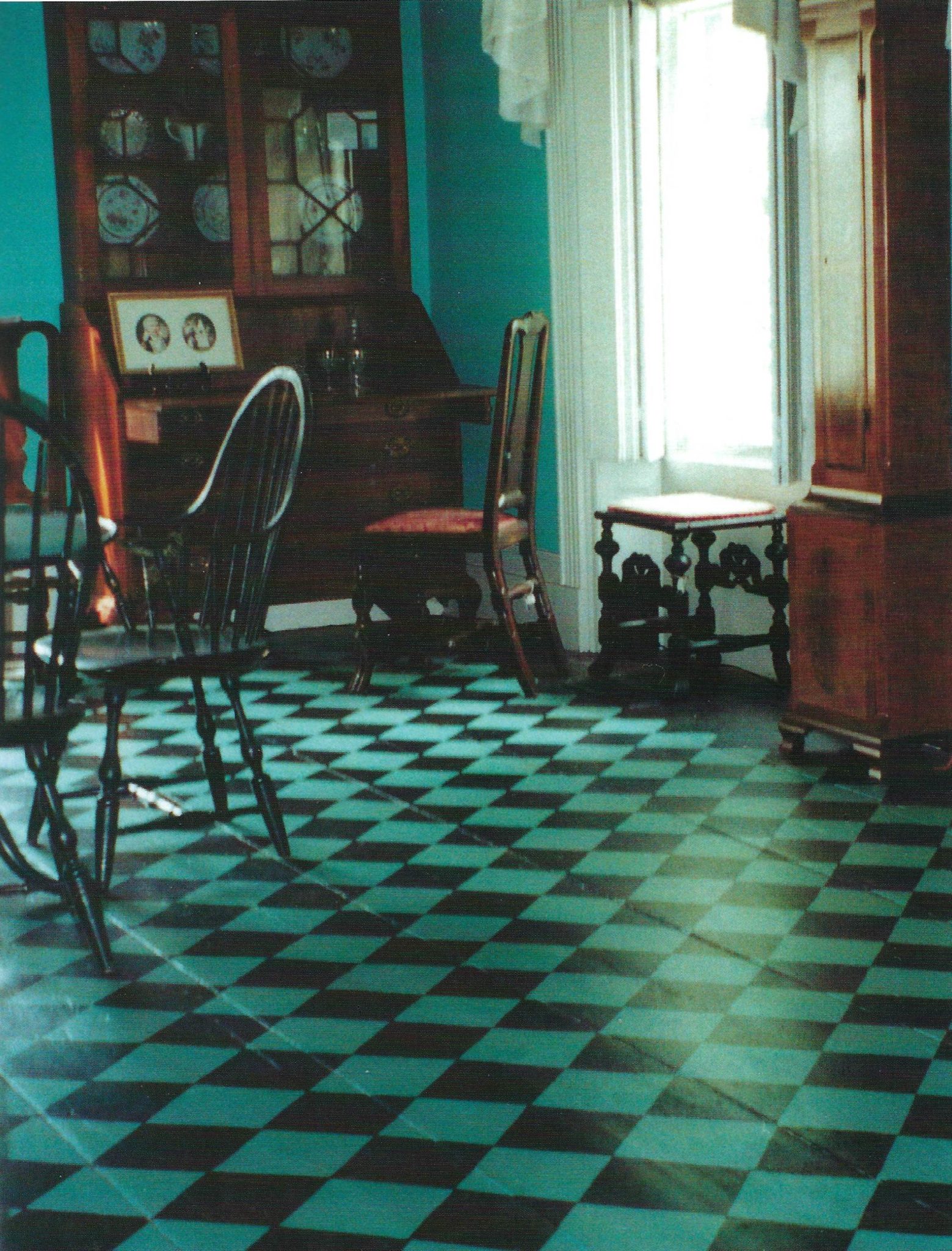
Check back soon for updates on our painted floor!
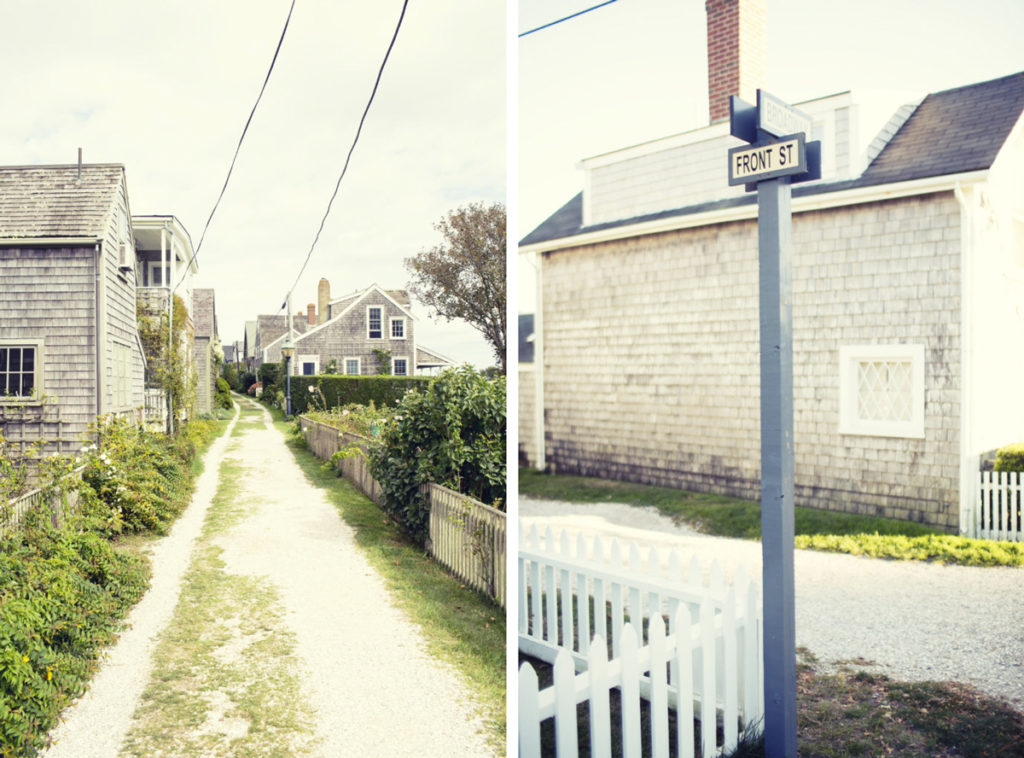 3 April 2019
Designing a Historic Cottage on Nantucket
With a client directive to create a neutral, textural palette, we're sharing some of the key elements of this recent project.
Read full post
3 April 2019
Designing a Historic Cottage on Nantucket
With a client directive to create a neutral, textural palette, we're sharing some of the key elements of this recent project.
Read full post
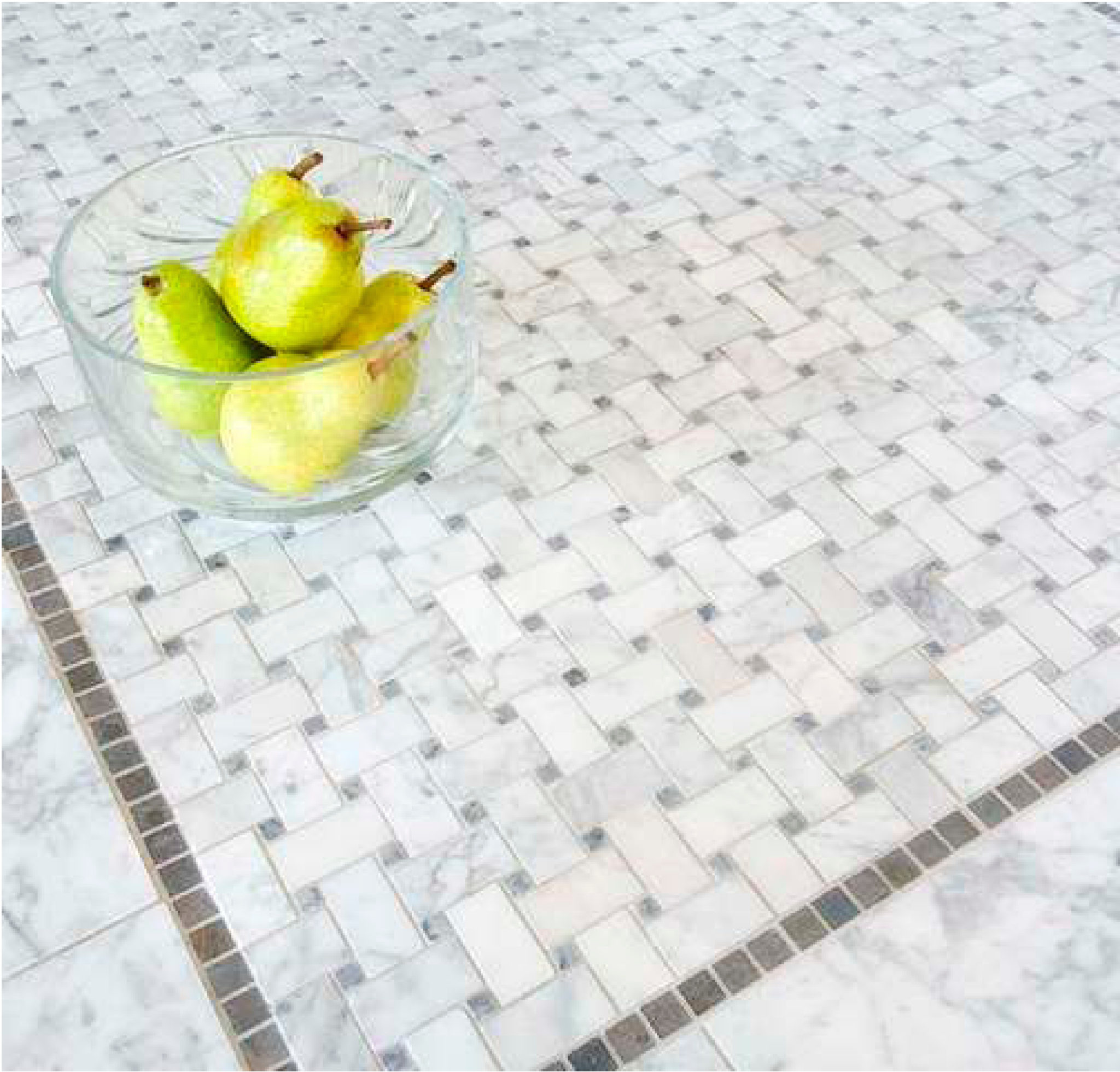 5 June 2015
Currently Obsessed with Basket weave
5 June 2015
Currently Obsessed with Basket weave
From the perfect powder room wallpaper to an elegant bathroom tile, we can’t get enough of this classic motif.
Read full post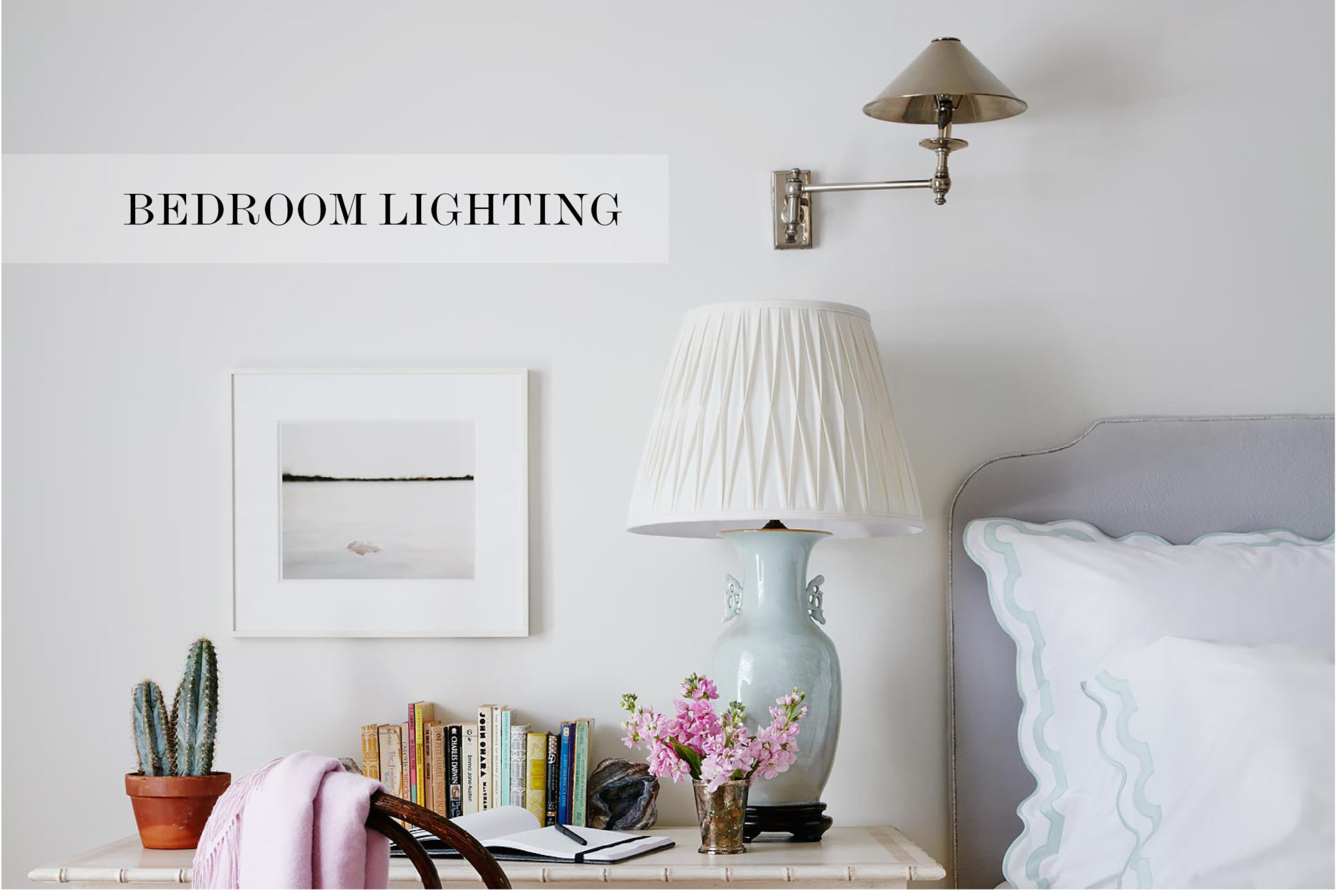 10 March 2016
A Guide to Ambient Bedroom Lighting
Providing sufficient and varied lighting in a bedroom is the best way to create an inviting and soothing space.
Read full post
10 March 2016
A Guide to Ambient Bedroom Lighting
Providing sufficient and varied lighting in a bedroom is the best way to create an inviting and soothing space.
Read full post

